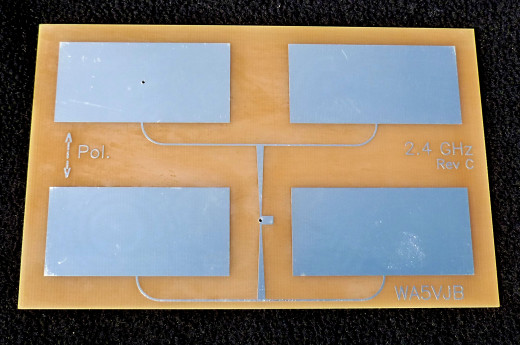An Introduction to Photonic Antennas
What Are Photonic Antennas?
A photonic antenna uses light in one way or another to carry a signal. Photonic antennas can convert radio waves into light or light into digital signals or radio frequencies.
Optical antennas can convert light and even infrared into a signal that can be transmitted or broadcast. Photonic antennas use the same principles as RF antennas but at much higher frequencies.

Hybrid Antennas
Hybrid photonic antennas act as communication relays between fiber and wireless networks. Microwave-optical links connect optical networks and microwave antennas.
Hybrid photonic antennas can take the light and thus data sent via fiber optic cable to send a radio frequency or wi-fi signal, or convert the RF signals it receives and transmit it via fiber optic cable.
Hybrid photonic-fiber antennas allow cable subscribers to receive cable television via fiber optic cables and television signals. Hybrid antennas also receive information from sensors and relay it via fiber-optic cable, such as an alarm monitoring company receiving information from sensors around the house or smart meter sending data to a utility provider. Hybrid photonic antennas act in any capacity that links fiber optic networks to wireless, satellite, cell phone and radio networks.
Photonic Components and Materials
Optical fibers are used in photonic measurement systems. Laser diodes, mixers and modulators are forms of microwave photonic components. Photonic signal mixers convert microwave signals to another frequency range.
Two laser diodes can work together as an oscillator in a photonic system. Two frequency-locked lasers or optical signal generators act as a local signal oscillator or signal generator. Photonic components can be used in homemade antennas.
Photonic band gap materials or PGB materials use photonic materials as an electromagnetic bandgap, or EBG, structure. The electromagnetic bandgap filters the signal and controls the direction it goes. PGB materials are artificial and built into crystals ranging from one dimensional films to three dimensional honeycomb structures.
Photonic bandgap materials and crystals improve antenna performance by filtering out nearby frequency ranges. This improves the ratio of power the antenna radiates compared to the power it uses, increasing its signal gain. Electromagnetic band gaps also prevent signal leakage and spurious emissions. Tunable electronic bandgaps can have the distance between the band gap material layers increased or decreased, altering its ability to absorb and direct the photonic signal.
Fiber Optics
One form of photonic antenna sends modulated light pulses down a fiber-optic fiber to a photo-detector -- essentially a solar cell that converts the light into electrical pulses -- at the other end. The signal, in the form of electrical pulses, then is sent to a radio frequency, or RF, antenna for broadcast. Light-emitting diodes, or LEDs, and photo-diodes can serve as homemade light sensors, also called photo-detectors.
In this regard, photonic antennas are the perfect intermediary for fiber optic networks and the rest of the world.
Other Potential Applications for Photonic Antennas
Photonic antennas potentially have the ability to improve spectroscopy, act as light detectors and even improve the control of phase array antennas. Photonic antennas could even act as detectors and controls for light beams used to send signals. However, this is theoretical.
One potential future use of photonic antennas would be to monitor the accuracy of solar energy beamed down from satellites to collectors on Earth, sending digital signals when the beam hits photonic antennas at the periphery of the receiver, indicating when the beam is wavering, shifting or broadening.



